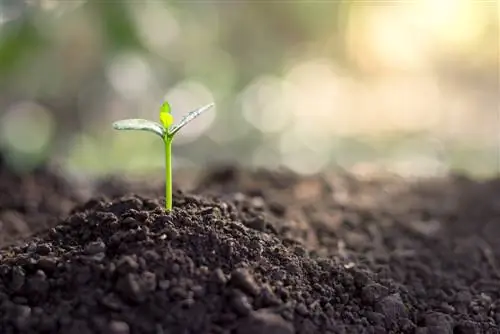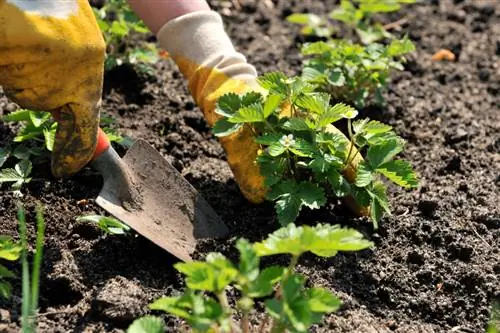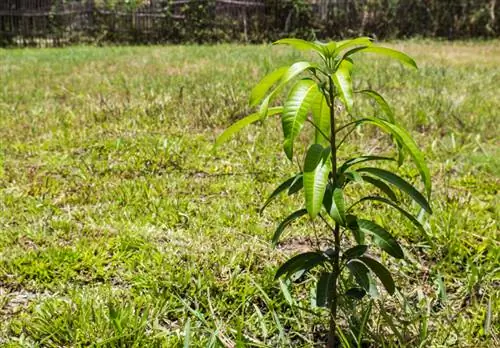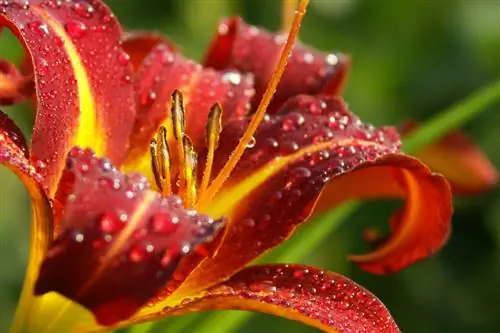- Author admin [email protected].
- Public 2023-12-16 16:46.
- Last modified 2025-01-23 11:21.
Almost every plant forms two cotyledons after germination. Only then do the normal leaves typical of the plant emerge. Caution is advised when planting because cotyledons are very sensitive. They break easily and cannot tolerate temperature fluctuations or extreme drought.
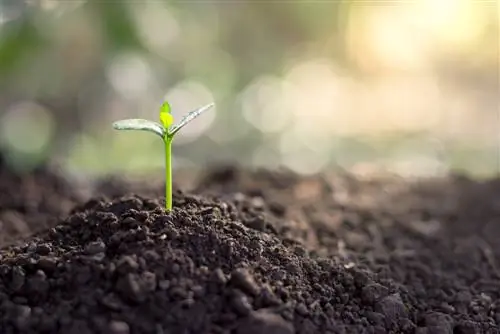
How do I plant cotyledons?
Cotyledons should be carefully pulled out of the substrate and planted in special potting soil at approximately the same distance as their diameter. The roots must be straight and the stem must not be covered with soil. Cotyledons require sufficient light and should be protected from frosty temperatures.
Which substrate is suitable for cotyledons?
Cotyledons get their nutrients from the seeds. Therefore, you do not need nutritious soil - on the contrary, if the substrate contains a lot of nutrients, this leads to oversaturation.
Special potting soil is therefore suitable as a planting substrate for cotyledons (€6.00 at Amazon). Since the cotyledons of some plant species rot very quickly, sterilized soil is recommended.
When is the best time to plant?
Most cotyledons need a lot of light. That's why the seeds are almost always sown in spring so that the cotyledon receives sufficient daylight.
When sowing succulents, you can choose a later season as long as you provide enough light.
Which location is suitable?
Since cotyledons are still very sensitive, they are usually grown in seed trays or pots. These are placed in a place where they are not exposed to strong temperature fluctuations. Depending on the type of plant, the temperatures should not be too low. Frost is harmful in any case.
What distance should be maintained?
The planting distance depends on the size of the cotyledons. It should be about the same size as the seedling itself.
How do you plant cotyledons correctly?
Carefully loosen the soil in which the cotyledons have been growing. A kitchen fork or a wooden stick is suitable for this. Carefully grasp the cotyledon by the stem with tweezers and slowly pull it out of the substrate.
Punch a hole in the prepared seed trays and insert the cotyledons so that the roots are not bent. The stem of the cotyledon must not be covered with soil.
Push some soil carefully with your finger and press it down very lightly so that the cotyledons have enough support. If necessary, stabilize it with a stick.
Tip
Cotyledons are very sensitive. They don't tolerate it well if you transplant them. Planting cotyledons should therefore only be done if it is unavoidable, for example because you have sown the seeds too densely.

